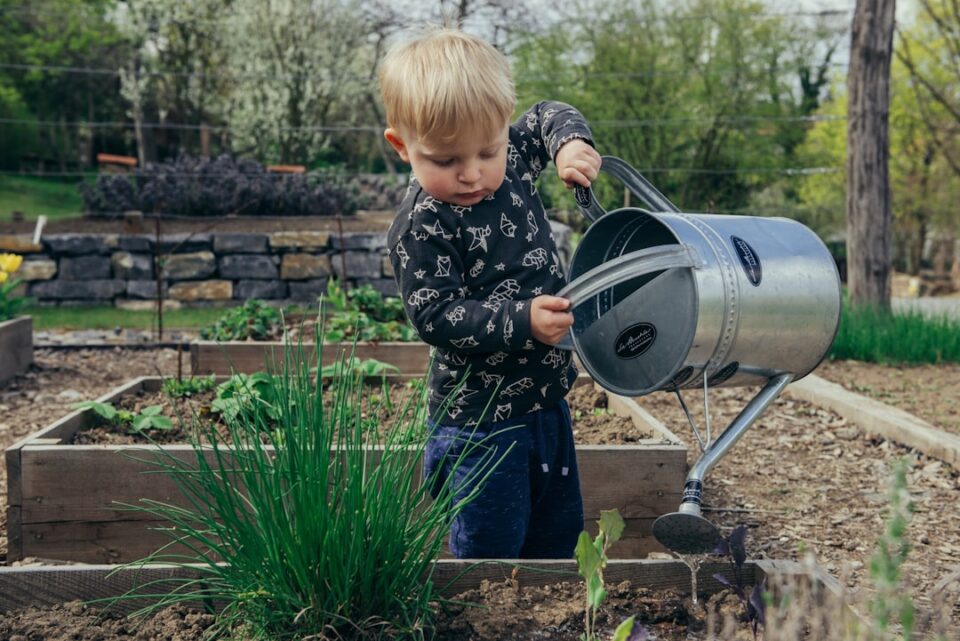A beautiful and well-designed garden can bring so much joy and tranquility to your home. Whether you have a large backyard or a small balcony, careful planning and thoughtful design can transform any outdoor space into an oasis of beauty and relaxation. In this article, we will discuss some tips and ideas on how to plan and design your garden layout to create a space that you can enjoy for years to come.
1. Assess your space: The first step in planning your garden layout is to carefully assess the space you have available. Take note of the size and shape of your garden, as well as any existing features such as trees, shrubs, or structures. Consider how much sunlight the area receives throughout the day, as this will impact the types of plants you can grow.
2. Set your goals: Before you start designing your garden layout, it’s important to think about what you want to achieve with your outdoor space. Do you want a peaceful retreat where you can relax and unwind? Are you looking to create a vibrant and colorful garden full of flowers? Or perhaps you want to grow your own fruits and vegetables? Setting clear goals will help guide your design choices and ensure that your garden meets your needs and preferences.
3. Create a rough sketch: Once you’ve assessed your space and set your goals, it’s time to create a rough sketch of your garden layout. This doesn’t have to be a detailed drawing – a simple hand-drawn sketch will do. Include key elements such as pathways, seating areas, and plant beds. This will give you a visual representation of how your garden will look and help you make informed decisions about placement and layout.
4. Consider the style: When designing your garden layout, think about the style or theme you want to achieve. Do you prefer a formal and symmetrical garden with neatly trimmed hedges and geometric shapes? Or are you drawn to a more natural and informal garden with meandering pathways and a variety of plants? Your garden style will influence your choice of plants, materials, and overall design aesthetic.
5. Plan your plant selection: One of the most important aspects of garden design is choosing the right plants for your space. Consider factors such as sun exposure, soil type, and climate when selecting plants for your garden. Think about the colors, textures, and heights of the plants you choose to create a harmonious and visually appealing garden. Make sure to include a mix of flowers, shrubs, trees, and other greenery to add interest and variety to your garden.
6. Create focal points: Focal points are key elements in garden design that draw the eye and create visual interest. Consider adding features such as a striking sculpture, a tranquil water feature, or a colorful flower bed as focal points in your garden layout. These elements will not only enhance the aesthetic appeal of your garden but also create moments of beauty and tranquility.
7. Define pathways and seating areas: Pathways and seating areas are essential components of a well-designed garden layout. Define pathways using materials such as gravel, stone, or wood to create a sense of structure and organization in your garden. Consider adding seating areas such as benches, chairs, or hammocks where you can relax and enjoy your outdoor space. Place these elements strategically to maximize comfort and usability in your garden.
8. Consider sustainability: When planning and designing your garden layout, it’s important to consider sustainability and environmental impact. Choose native plants that are well-suited to your climate and require minimal water and maintenance. Incorporate eco-friendly materials such as recycled wood, rain barrels, and compost bins to reduce waste and promote sustainability in your garden. By embracing sustainable practices, you can create a garden that is not only beautiful but also environmentally friendly.
9. Experiment and evolve: Finally, don’t be afraid to experiment and evolve your garden layout over time. Gardening is a dynamic and creative process, and your outdoor space should reflect your personality and interests. Try new plants, rearrange existing features, and make changes based on your experiences and preferences. By embracing creativity and flexibility, you can create a garden that is truly unique and reflects your personal style.
In conclusion, planning and designing your garden layout is a rewarding and fulfilling process that allows you to create a beautiful and functional outdoor space. By following these tips and ideas, you can create a garden that brings joy, beauty, and tranquility to your home. So roll up your sleeves, grab a shovel, and start planning your garden layout today!

